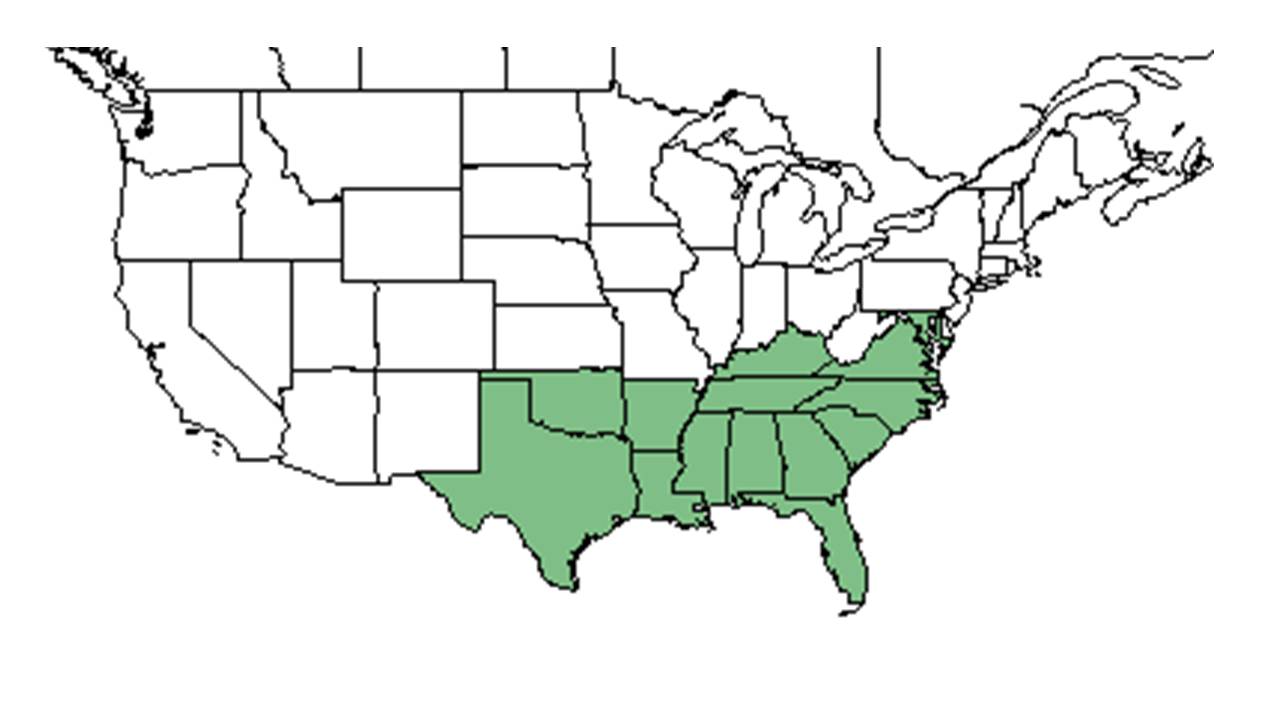Difference between revisions of "Elephantopus tomentosus"
(→Description) |
|||
| Line 19: | Line 19: | ||
==Description== | ==Description== | ||
<!-- Basic life history facts such as annual/perrenial, monoecious/dioecious, root morphology, seed type, etc. --> | <!-- Basic life history facts such as annual/perrenial, monoecious/dioecious, root morphology, seed type, etc. --> | ||
| − | Common Name: | + | Common Name: Devil's grandmother |
==Distribution== | ==Distribution== | ||
==Ecology== | ==Ecology== | ||
===Habitat=== <!--Natural communities, human disturbed habitats, topography, hydrology, soils, light, fire regime requirements for removal of competition, etc.--> | ===Habitat=== <!--Natural communities, human disturbed habitats, topography, hydrology, soils, light, fire regime requirements for removal of competition, etc.--> | ||
| + | Is found in mixed woodlands, pine-hardwoods, edges of mixed hardwoods, in deciduous woodlands along river bluff, edges of rivers, Longleaf pine-Turkey oak woods, open pinelands, and dry upland pine woodlands (FSU Herbarium). Is also found in human disturbed areas such as roadsides and areas that have been clear cut (FSU Herbarium). Requires some light to full light levels (FSU Herbarium). Is associated with areas that have dry, loamy sand and sand soil types (FSU Herbarium). | ||
===Phenology=== <!--Timing off flowering, fruiting, seed dispersal, and environmental triggers. Cite PanFlora website if appropriate: http://www.gilnelson.com/PanFlora/ --> | ===Phenology=== <!--Timing off flowering, fruiting, seed dispersal, and environmental triggers. Cite PanFlora website if appropriate: http://www.gilnelson.com/PanFlora/ --> | ||
| + | Has been observed flowring from April through October (FSU Herbarium). | ||
===Seed dispersal=== | ===Seed dispersal=== | ||
===Seed bank and germination=== | ===Seed bank and germination=== | ||
===Fire ecology=== <!--Fire tolerance, fire dependence, adaptive fire responses--> | ===Fire ecology=== <!--Fire tolerance, fire dependence, adaptive fire responses--> | ||
| + | Is found in areas that are annualy burned, such as Longleaf pine terrain (FSU Herbarium). | ||
===Pollination=== | ===Pollination=== | ||
===Use by animals=== <!--Herbivory, granivory, insect hosting, etc.--> | ===Use by animals=== <!--Herbivory, granivory, insect hosting, etc.--> | ||
| Line 35: | Line 38: | ||
==Photo Gallery== | ==Photo Gallery== | ||
==References and notes== | ==References and notes== | ||
| + | Florida State University Robert K. Godfrey Herbarium database. URL: [http://herbarium.bio.fsu.edu http://herbarium.bio.fsu.edu]. Last accessed: June 2014. | ||
| + | |||
| + | Collectors: Loran C. Anderson, James R. Burkhalter, Robert K. Godfrey, Angus Gholson, Wilson Baker, Paul L. Redfearn, Jr., Richard S. Mitchell, John C. Ogden, Cecil R Slaughter, R. Komarek, R. A. Norris, and J. M. Kane. | ||
| + | |||
| + | States and Counties: Florida: Alachua, Calhoun, Escambia, Gadsden, Jackson, Jefferson, Leon, Liberty, Okaloosa, Santa Rosa, Wakulla, and Walton. Georgia: Thomas. | ||
Revision as of 14:32, 13 July 2015
| Elephantopus tomentosus | |
|---|---|
Error creating thumbnail: Unable to save thumbnail to destination
| |
| Photo taken by Gil Nelson | |
| Scientific classification | |
| Kingdom: | Plantae |
| Division: | Magnoliophyta - Flowering plants |
| Class: | Magnoliopsida – Dicotyledons |
| Order: | Asterales |
| Family: | Asteraceae ⁄ Compositae |
| Genus: | Elephantopus |
| Species: | E. tomentosus |
| Binomial name | |
| Elephantopus tomentosus L. | |

| |
| Natural range of Elephantopus tomentosus from USDA NRCS Plants Database. | |
Contents
Description
Common Name: Devil's grandmother
Distribution
Ecology
Habitat
Is found in mixed woodlands, pine-hardwoods, edges of mixed hardwoods, in deciduous woodlands along river bluff, edges of rivers, Longleaf pine-Turkey oak woods, open pinelands, and dry upland pine woodlands (FSU Herbarium). Is also found in human disturbed areas such as roadsides and areas that have been clear cut (FSU Herbarium). Requires some light to full light levels (FSU Herbarium). Is associated with areas that have dry, loamy sand and sand soil types (FSU Herbarium).
Phenology
Has been observed flowring from April through October (FSU Herbarium).
Seed dispersal
Seed bank and germination
Fire ecology
Is found in areas that are annualy burned, such as Longleaf pine terrain (FSU Herbarium).
Pollination
Use by animals
Diseases and parasites
Conservation and Management
Cultivation and restoration
Photo Gallery
References and notes
Florida State University Robert K. Godfrey Herbarium database. URL: http://herbarium.bio.fsu.edu. Last accessed: June 2014.
Collectors: Loran C. Anderson, James R. Burkhalter, Robert K. Godfrey, Angus Gholson, Wilson Baker, Paul L. Redfearn, Jr., Richard S. Mitchell, John C. Ogden, Cecil R Slaughter, R. Komarek, R. A. Norris, and J. M. Kane.
States and Counties: Florida: Alachua, Calhoun, Escambia, Gadsden, Jackson, Jefferson, Leon, Liberty, Okaloosa, Santa Rosa, Wakulla, and Walton. Georgia: Thomas.